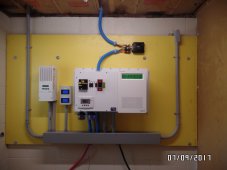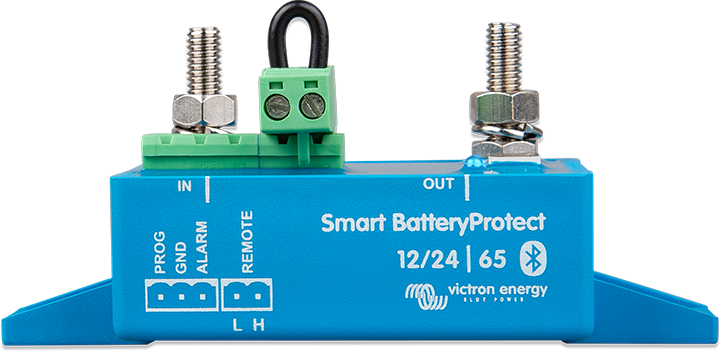newB or not newB
New Member
- Joined
- Dec 17, 2021
- Messages
- 14
Been lurking for a while trying to learn and I have a question.
Why so much stuff, I've seen many vids (Will's included) of basic systems but reading on here I see much more stuff added to systems like E-panels, wifi, parts and pieces I have never heard of or seen used in basic systems.
I'm looking at building a 3,000 system for my cabin, is all that needed? other systems that size seem to work well with just basic
components. how do you learn what all is needed? not sure if people are overcomplicating systems or if I have no grasp what a good system needs, probably the latter.
Why so much stuff, I've seen many vids (Will's included) of basic systems but reading on here I see much more stuff added to systems like E-panels, wifi, parts and pieces I have never heard of or seen used in basic systems.
I'm looking at building a 3,000 system for my cabin, is all that needed? other systems that size seem to work well with just basic
components. how do you learn what all is needed? not sure if people are overcomplicating systems or if I have no grasp what a good system needs, probably the latter.






